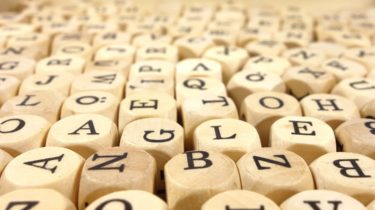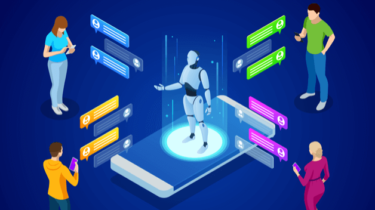Part 7: Step by Step Guide to Master NLP – Word Embedding in Detail
This article was published as a part of the Data Science Blogathon Introduction This article is part of an ongoing blog series on Natural Language Processing (NLP). In the previous articles (part-5 and 6), we completed the different text vectorization and word embeddings techniques in detail. In this article, firstly we will discuss the co-occurrence matrix, which is also a word vectorization technique and after that, we will be discussing new concepts related to the Word embedding that includes, Applications of […]
Read more







